What Is The Resolution Of Light Microscope ?
The resolution of a light microscope refers to its ability to distinguish two closely spaced objects as separate entities. It is determined by the wavelength of light used and the numerical aperture of the microscope's objective lens. The theoretical limit of resolution for a light microscope is approximately half the wavelength of light used. In practice, the resolution is typically around 200-300 nanometers, which allows for the visualization of cellular structures and some subcellular components. However, this level of resolution may not be sufficient to observe smaller details such as individual molecules or atomic structures. To overcome this limitation, techniques such as confocal microscopy, super-resolution microscopy, and electron microscopy are employed.
1、 Optical Resolution
The resolution of a light microscope, also known as optical resolution, refers to its ability to distinguish two closely spaced objects as separate entities. It is a fundamental parameter that determines the level of detail that can be observed using the microscope. The resolution of a light microscope is limited by the diffraction of light, which causes the light waves to spread out as they pass through the lens.
According to the classical theory of optical resolution, the maximum resolution of a light microscope is approximately half the wavelength of the light used. This means that for visible light, which has a wavelength range of 400-700 nanometers, the theoretical maximum resolution is around 200-350 nanometers. However, achieving this theoretical limit is challenging due to various factors such as lens imperfections, aberrations, and scattering of light.
In recent years, there have been significant advancements in microscopy techniques that have pushed the limits of optical resolution. One such technique is super-resolution microscopy, which allows for the visualization of structures at a resolution beyond the diffraction limit. Super-resolution microscopy techniques, such as stimulated emission depletion (STED) microscopy and stochastic optical reconstruction microscopy (STORM), utilize clever strategies to overcome the diffraction limit and achieve resolutions in the range of tens of nanometers.
These super-resolution techniques have revolutionized the field of microscopy, enabling researchers to observe cellular structures and processes with unprecedented detail. They have provided valuable insights into the nanoscale organization of molecules within cells and have contributed to advancements in various fields, including biology, medicine, and materials science.
In conclusion, the resolution of a light microscope, or optical resolution, is limited by the diffraction of light. The classical theory states that the maximum resolution is approximately half the wavelength of the light used. However, recent advancements in super-resolution microscopy techniques have pushed the limits of optical resolution, allowing for the visualization of structures at resolutions beyond the diffraction limit. These advancements have opened up new avenues for research and have greatly expanded our understanding of the microscopic world.
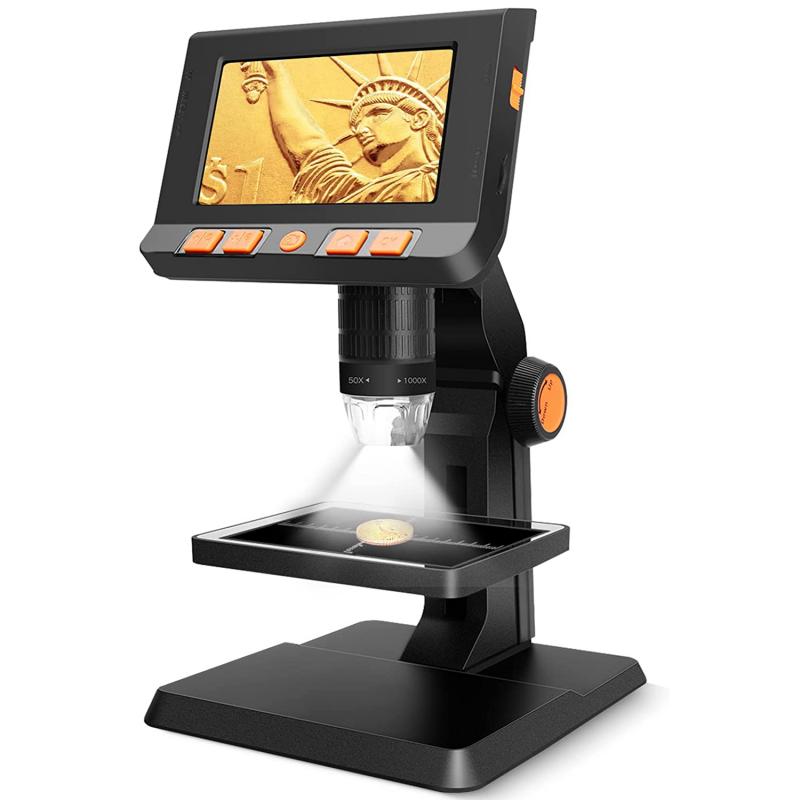
2、 Numerical Aperture
The resolution of a light microscope is determined by its numerical aperture (NA). Numerical aperture is a measure of the light-gathering ability of the microscope's objective lens and is defined as the product of the refractive index of the medium between the specimen and the lens and the sine of the half-angle of the cone of light entering the lens.
The resolution of a light microscope is limited by the diffraction of light waves. According to the Abbe diffraction limit, the maximum resolution achievable by a light microscope is approximately half the wavelength of the light used, divided by the numerical aperture. This means that the higher the numerical aperture, the better the resolution.
In recent years, there have been advancements in microscopy techniques that have pushed the limits of resolution beyond the traditional diffraction limit. Super-resolution microscopy techniques, such as stimulated emission depletion (STED) microscopy and structured illumination microscopy (SIM), have allowed researchers to achieve resolutions beyond the diffraction limit. These techniques involve manipulating the light or the sample to overcome the diffraction barrier and obtain higher resolution images.
Additionally, the development of new fluorescent probes and labels has also contributed to improving the resolution of light microscopy. Fluorescent proteins and dyes with improved photophysical properties, such as higher brightness and photostability, have enabled researchers to visualize and study cellular structures and processes with greater detail.
It is important to note that the resolution of a light microscope is also influenced by factors such as the quality of the optics, the stability of the microscope, and the sample preparation techniques. Therefore, achieving the maximum resolution possible requires careful optimization of these factors.
In conclusion, the resolution of a light microscope is determined by its numerical aperture, with the diffraction limit being the traditional boundary. However, advancements in super-resolution techniques and the development of improved fluorescent probes have allowed researchers to overcome this limit and achieve higher resolution imaging.

3、 Abbe's Limit
The resolution of a light microscope is determined by a phenomenon known as Abbe's Limit. Ernst Abbe, a German physicist, formulated this limit in the late 19th century. According to Abbe's Limit, the resolution of a light microscope is limited to approximately half the wavelength of the light used to illuminate the specimen. This means that the smallest distance between two points that can be resolved by a light microscope is around 200 nanometers.
Abbe's Limit has been a fundamental concept in microscopy for over a century. However, recent advancements in microscopy techniques have pushed the boundaries of resolution beyond Abbe's Limit. One such technique is called super-resolution microscopy, which has revolutionized the field of biological imaging.
Super-resolution microscopy methods, such as stimulated emission depletion (STED) microscopy and stochastic optical reconstruction microscopy (STORM), have enabled scientists to achieve resolutions well below the diffraction limit. These techniques utilize various principles, such as the manipulation of fluorescent molecules or the precise localization of individual molecules, to overcome the limitations imposed by Abbe's Limit.
With super-resolution microscopy, researchers can now visualize structures and processes within cells with unprecedented detail. This has led to significant discoveries in various fields, including cell biology, neuroscience, and immunology. For example, super-resolution microscopy has revealed the intricate organization of proteins within synapses, the nanoscale architecture of cellular organelles, and the dynamics of molecular interactions.
In conclusion, while Abbe's Limit sets the resolution of a conventional light microscope to around 200 nanometers, recent advancements in super-resolution microscopy have surpassed this limit, allowing scientists to observe biological structures and processes at a much higher level of detail. These breakthroughs have opened up new avenues for research and have the potential to further our understanding of the complex world of cells and tissues.

4、 Diffraction Limit
The resolution of a light microscope is limited by diffraction, which is known as the diffraction limit. Diffraction refers to the bending of light waves as they pass through an aperture or encounter an obstacle. This phenomenon causes the light waves to spread out, resulting in a blurred image.
According to the diffraction limit, the resolution of a light microscope is approximately half the wavelength of the light being used. This means that the smallest distance between two objects that can be resolved by a light microscope is around 200-300 nanometers. This limit is determined by the wavelength of visible light, which ranges from about 400 to 700 nanometers.
However, advancements in microscopy techniques and technology have allowed scientists to overcome the diffraction limit and achieve higher resolution. One such technique is called super-resolution microscopy, which includes methods like stimulated emission depletion (STED) microscopy, structured illumination microscopy (SIM), and single-molecule localization microscopy (SMLM).
These techniques utilize various approaches to surpass the diffraction limit and achieve resolutions on the nanoscale. For example, STED microscopy uses a combination of laser beams to selectively deactivate fluorescence in certain regions, resulting in a sharper image. SIM uses patterned illumination to extract high-frequency information from the sample, improving resolution. SMLM relies on the precise localization of individual fluorescent molecules to reconstruct a super-resolved image.
These advancements in super-resolution microscopy have revolutionized the field of biological imaging, allowing scientists to observe cellular structures and processes with unprecedented detail. They have enabled the visualization of molecular interactions, the study of subcellular structures, and the understanding of complex biological mechanisms.
In conclusion, the resolution of a light microscope is limited by diffraction, known as the diffraction limit. However, with the development of super-resolution microscopy techniques, scientists have been able to overcome this limit and achieve resolutions on the nanoscale, opening up new possibilities for biological research.
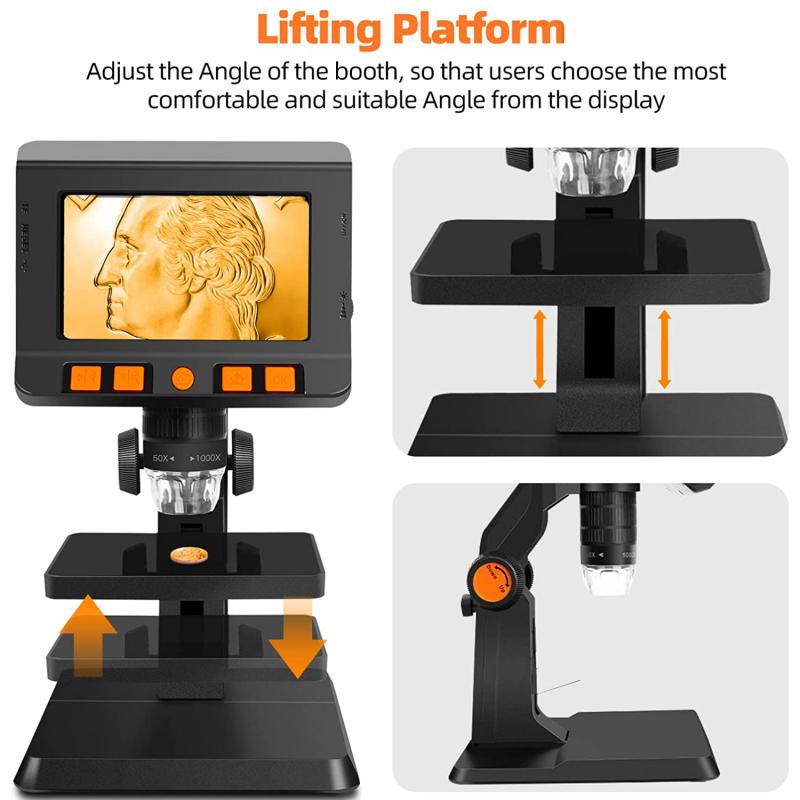






















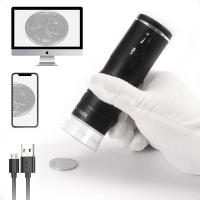
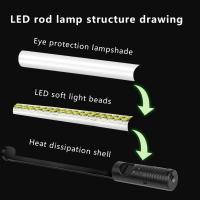











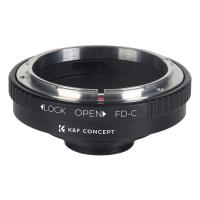


There are no comments for this blog.